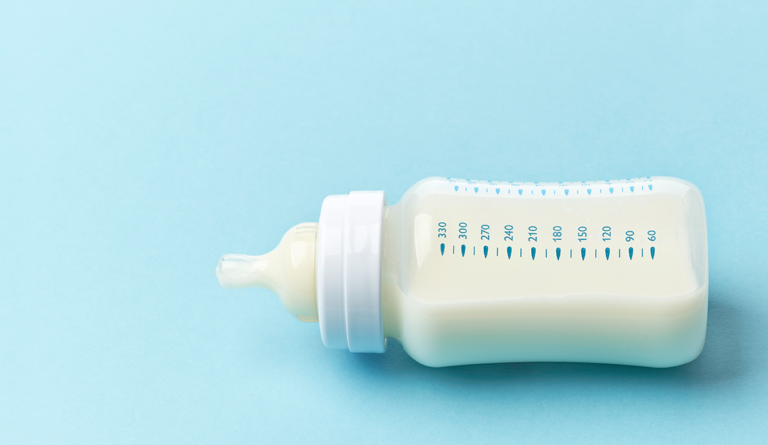Left Behind on Leave
Until the US provides national support, more states should consider enacting programs and expanding to six months of paid leave.

Read Time: 4 minutes
Published:
The United States and Papua New Guinea are the only countries that do not ensure access to paid maternity leave when a child is born or adopted. Families in the US only have access to unpaid leave in the form of job protection through the Family Medical Leave Act, enacted in 1993. In comparison, other countries have provided paid maternity leave as far back as World War I when women largely began entering the industrial workforce.
The ability to stay home with a new child is about more than bonding and has been linked to a number of health benefits for both infants and parents. Without paid leave, the US has fallen behind other wealthy countries on infant and maternal health measures. In the US, there are 5.9 infant deaths for every 1,000 births compared to the 3.9 average among high-income countries. Globally, infant mortality after birth improves as paid family leave programs expand. Maternity leave also improves breastfeeding success and duration. Each additional week of maternity leave is associated with an increase in breastfeeding duration. Only 17% of American mothers exclusively breastfeed up to six months after birth, as recommended by the American Academy of Pediatrics.
Without federal support, paid family leave for either parent is only available through state programs or through employers. California became the first state to ensure paid family leave in 2004. In a recent study, Diana Montoya-Williams and colleagues identified how paid family leave has affected infant health in California. Access to paid family leave had no effect on preterm health outcomes or birth-related events that are not affected by time spent at home after birth. However, they found that the number of infant deaths occurring 28 days or later after birth decreased by 12% after implementing paid family leave. Similar state populations without paid leave instead saw a slight increase in post-neonatal mortality over the same time period.
Montoya-Williams estimates that California’s paid family leave program led to at least 747 fewer infant deaths.
Paid family leave allows for parents to stress less, sleep more, and invest time and attention in their infant’s health, sleeping arrangement, and medical visits, which has ultimately been linked to a reduction in sudden and accidental deaths. Montoya-Williams estimates that California’s paid family leave program led to at least 747 fewer infant deaths.
Additional studies on the health effects of paid family leave in California have shown improvement in parental mental health, breastfeeding up to six months, and long-term health benefits for children. Paid family leave also expanded the number of mothers able to keep their jobs and return to work. Women caring for elderly family members who also benefit from paid family leave retained employment at higher rates since the program’s enactment.
The need for national paid family leave is pressing. A 2019 Congressional Research Service report found that less than 20% of workers have access to paid family leave through their employers. A survey of over 8,000 American adults revealed that a third of employees who have access to paid leave benefits used them in 2017. Sixteen percent of adults reported needing time off work to care for an infant or sick family member but did not have access to such benefits. Without universal support, access to paid leave depends heavily on socioeconomic status. The majority of adults earning less than $30,000 annually do not have access to paid family leave benefits.
To date, five states and Washington have paid family leave programs or are in the process of implementing them. The programs vary but are at best still dismal compared to those offered in most other countries. State programs currently offer between four and 12 weeks of paid leave. However, international studies show that the health benefits of paid leave peak around six months (26 weeks) after birth. Until the US provides national support, more states should consider enacting programs and expanding to six months of paid leave in order to maximize the health benefits for infants and parents.
Photo via Getty Images



